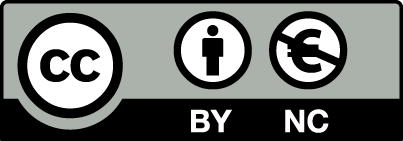Zusammenfassung:
This paper investigates cases in which harms are statistically correlated. When parties are risk averse, correlation plays an important role in the choice between liability rules. Specifically, positively correlated harms favor a liability rule that spreads the risk over a multitude of parties, as in the negligence rule. Negatively correlated harms favor a liability rule that pools risks together, as in strict liability. The same applies when parties can purchase costly insurance (first party or third party). This policy recommendation is in line with current products liability law, which places design defects and warning failures under a de facto negligence regime.

